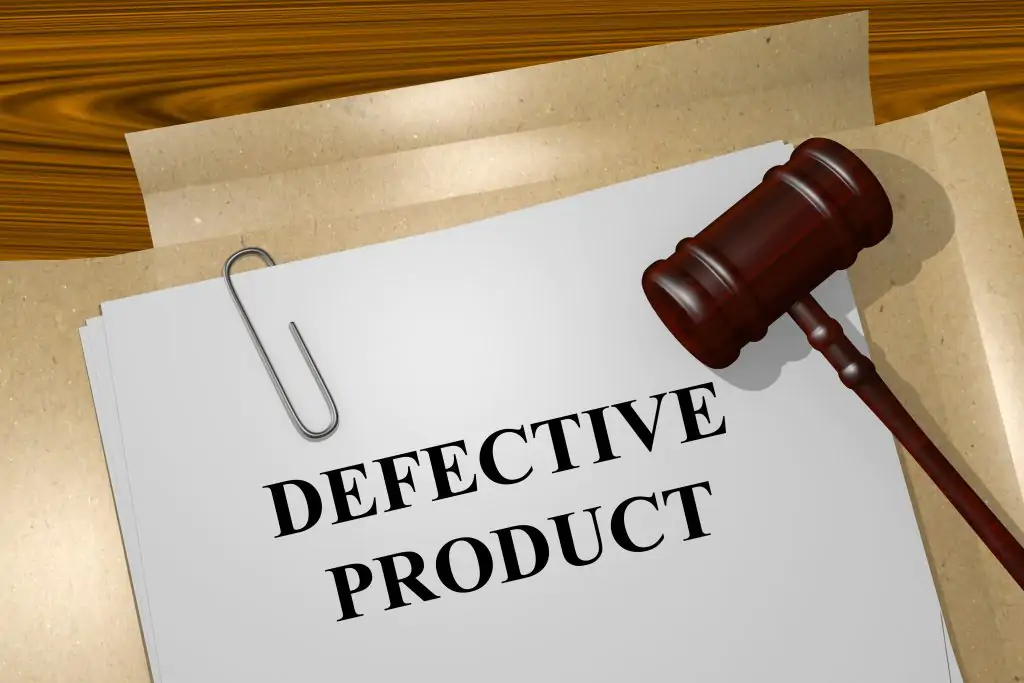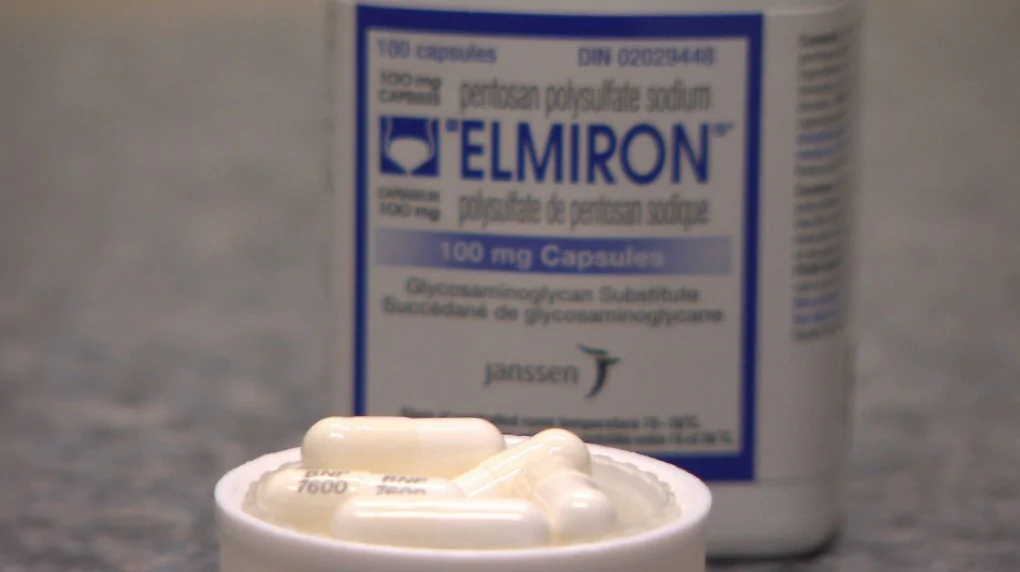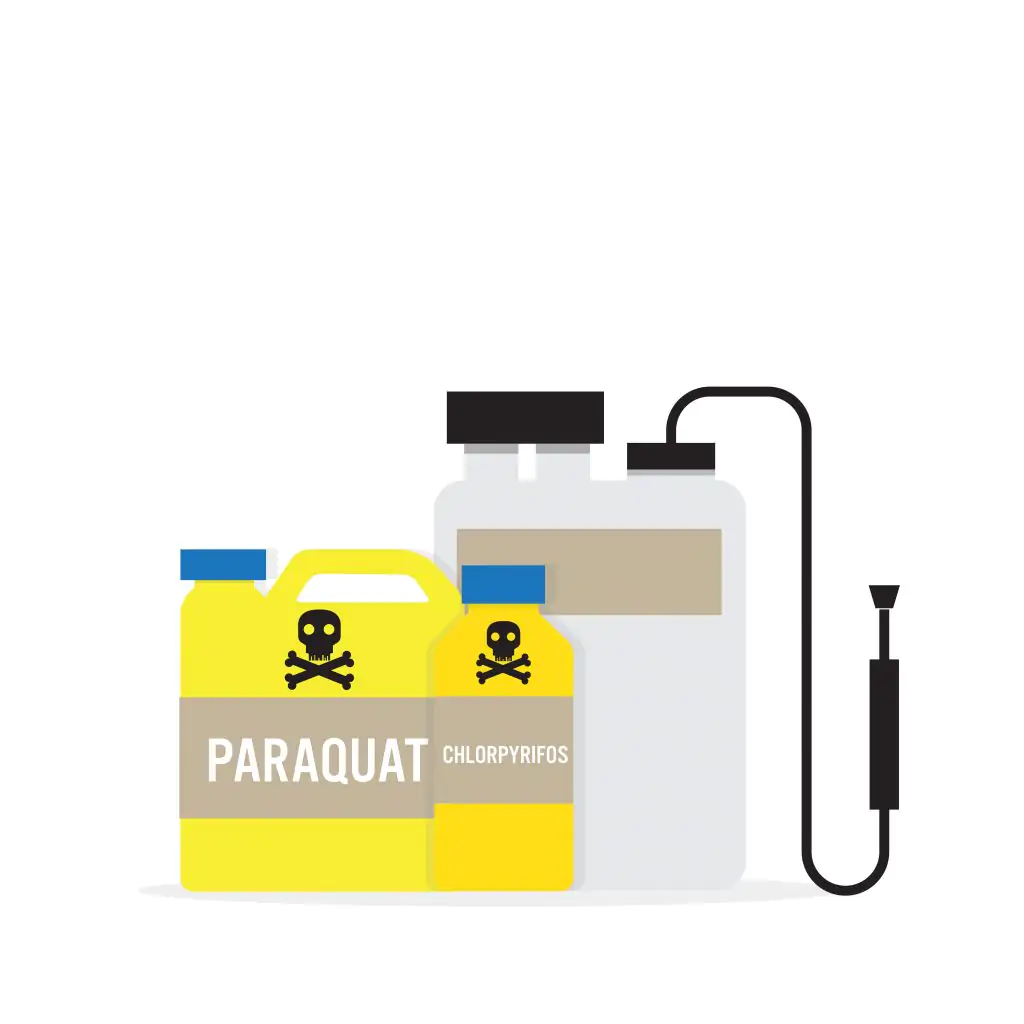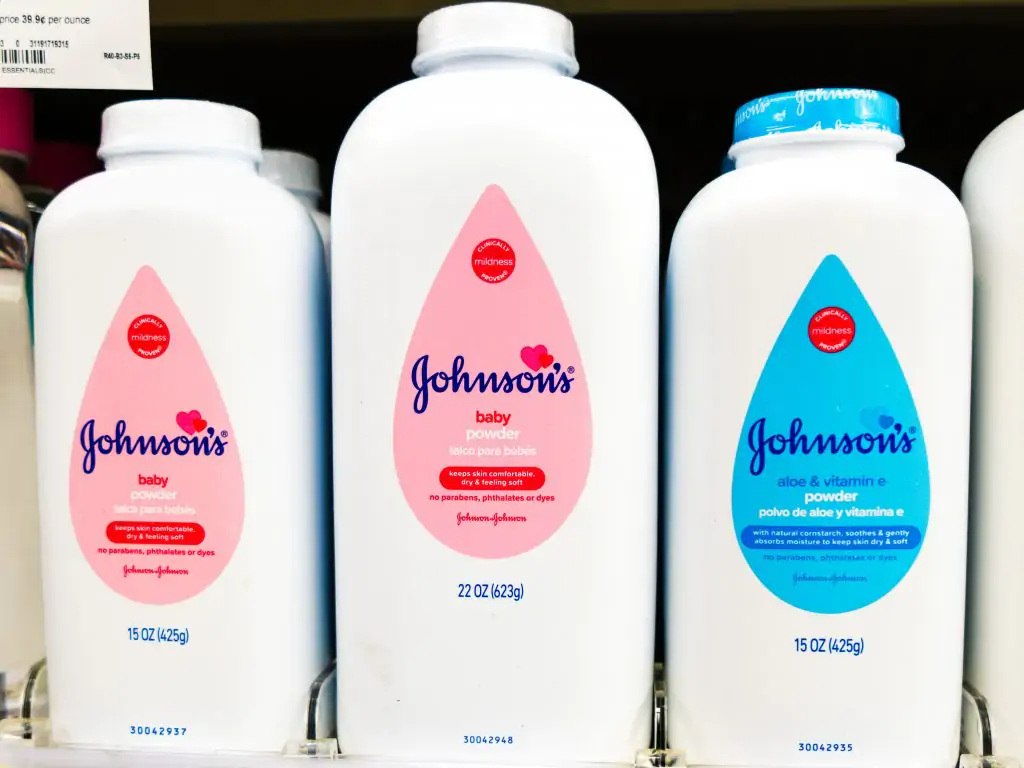Hernia Mesh Injury Lawyers
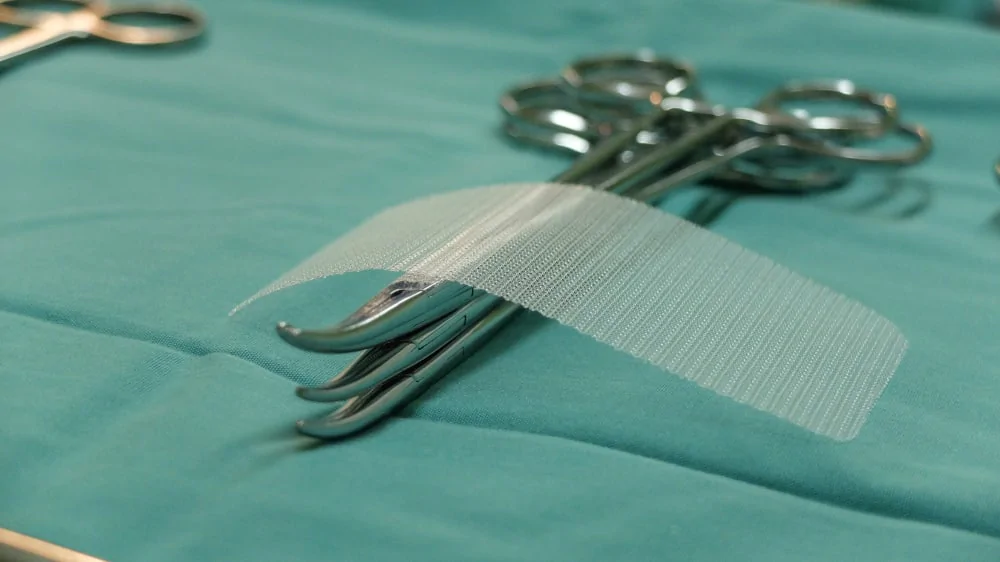
Imagine having a hernia in need of repair and going to a doctor you trust. The doctor suggests it can be repaired with the latest medical device, hernia mesh and refers you for surgery. You believe the doctor and surgeon will do the right thing by you so you go forward with surgery. At first you begin to feel uncomfortable and then one day you notice how much pain you are in. You make an appointment with your doctor and are told it appears the hernia mesh has moved and possibly perforated your bowel. It is in this moment you realize you need to speak to an attorney as soon as possible.
Sobo & Sobo wants to hear your story. We have heard from many who have suffered as a result of hernia mesh implantation gone awry. We understand the after affects are at times unbearably painful making life difficult for you and your family. Our lawyers would be honored to fight by your side to obtain fair and equitable compensation for you winning your case, together.
Hernia Mesh Claims
Across the United States there are thousands of people with experiences just like yours who have hernia mesh lawsuit cases waiting to be heard in state and federal courts. For example, Atrium’s C-QUR mesh and Ethicon’s Physiomesh, are facing major claims due to injuries caused by their hernia surgical mesh implants. Those are not the only ones, there are other hernia mesh medical device manufacturers being sued as well, such as C.R. Bard for PerFix and 3DMax devices, as well as Covidien devices like the Parietex ProGrip.
About Hernias
Hernias frequently occur at the abdominal wall and at times may be visible as an external bulge. Hernias occur when fatty tissue, an organ or intestine squeezes through a weak spot or hole in the connective tissue or a muscle. There are different types of hernias.
Types of Hernias Include:
- Hiatal – located inside the abdomen, along the upper stomach/diaphragm
- Incisional – occurs through a scar or incision in the abdomen
- Inguinal – located in the inner groin
- Ventral – usually occurs in the general abdominal/ventral wall
- Femoral – in the upper thigh/outer groin area
- Umbilical – typically occurs at the belly button
Hernias may be the result of obesity, constipation, persistent coughing, sneezing, diarrhea, and lifting heavy objects. Any one of these, when combined with smoking, overexertion and poor nutrition, may weaken muscles and increase the likelihood of a hernia developing.
Hernia repairs in the United States are far more common that we may realize, with over one million performed yearly. Roughly 800,000 are inguinal hernia repair surgeries and the rest fall into the various other categories as listed above.
Hernia Repair Options Are Numerous
Although common, surgery does not always follow a hernia diagnosis. There are a number of options available, such as:
- Non-surgical. You can watch and wait. Even though surgery is currently the only way to repair a hernia, this type of an operation is considered to be elective for adults. Waiting is an option for those without symptoms or complications. Research indicates that surgery is often necessary to treat a hernia however, there are not many studies addressing the long-term side effects of hernia mesh.
- Surgical. Laparoscopic surgery is available. Several small incisions are made in the abdomen to allow the laparoscope to work inside the body. This surgery can be done with or without the surgical mesh.
- Open repair. An incision is made close to the hernia and the weak muscle repaired. This can be done with or without surgical mesh.
The fact that hernias reoccur quite frequently is the reason that surgical mesh is often recommended to strengthen the repair site and reduce the rate or recurrence. In fact, using hernia mesh has become so popular since the 1980s that by the year 2000 non-mesh repairs were less than 10 percent of groin hernia repair surgeries. According to medical tomes and the medical device manufacturers, hernia mesh could reduce operating time and speed up recovery for the patient.
Today’s Surgical Mesh
Today’s surgical mesh is often made of animal tissue or from synthetic materials. Synthetic surgical mesh is found in non-knitted sheet and knitted mesh forms and may be non-absorb-able, absorb-able or a combination of both materials. Mesh that does not absorb remains in the body indefinitely. Animal mesh (cow or pig) is created from intestine or skin that has been processed and disinfected prior to implantation and is absorb-able. Mesh that absorbs degrades over time, losing strength. New tissue growth usually provides strength to the repair.
Hernia repair side effects/complications
- Intense pain
- Organ/tissue perforation
- Adhesions
- Hernia recurrence
- Infection
- Obstruction of the large intestine
- Obstruction of the small intestine
- Fistula between intestines/organs
- Bleeding
- Accumulation of fluid at site of surgery
- Mesh migration
- Mesh contraction
- Perforated bowel(s)
- Severe allergic reactions to fish oil mesh coating (C-QUR mesh)
- Immune response to degrading mesh (polymer polypropylene)
- Shrinking mesh
- Mesh that rolls into a ball
- Mesh breaks into pieces
- Mesh rupturing post surgery
- Mesh had a hole in the middle
Many hernia mesh lawsuits allege that the medical device manufacturers were aware of the dangers and potential complications of the mesh, but chose not to warn doctors or the public. Additionally, many of the lawsuits also allege the device makers did not conduct proper safety protocols to make certain the mesh would perform according to their intended purpose and instead, marketed a defective product.
Part of the problem with the hernia mesh on the market today is that the U.S. Food and Drug Administration (FDA) permitted a 510(k) pre-market clearance, meaning the devices were alleged to be as safe and effective as a similar device already on the market. The reality is those 501(k) cleared mesh devices were not as safe and effective as similar devices in existence in the marketplace today.
Have you had hernia mesh surgery and are experiencing serious side effects?
It is important that you check the list below for your device and speak, as soon as possible, to an experienced hernia mesh attorney:
- R. Bard (Davol) – PerFix Mesh, Kugel Hernia Mesh, 3Dmax Mesh, Ventralex ST Hernia Mesh, Ventralex, Patch, Sepramesh IP Composite Mesh, Composix E/X Mesh
- Covidien (Medtronic) – Parietex Surgical Mesh, Parietex Composite Mesh, Parietex Progrip Mesh
- Atrium (Maquet, Getinge Group) – C-QUR Mesh, C-QUR V-Patch, C-QUR Edge Mesh V-Patch, C-QUR Lite Mesh V-Patch, C-QUR OVT Mesh, C-QUR RPM Mesh, C-QUR Tacshield, C-QUR Mosaic
- Ethicon (Johnson & Johnson) – Physiomesh Flexible Composite Mesh, Proceed Surgical Mesh, Prolene Hernia System
The attorneys at Sobo & Sobo are personal injury law leaders and have experience in all types of defective medical device litigation. During your initial consultation, we listen to your story and help you make informed decisions about how to move forward.
Call Sobo & Sobo at 855-468-7626 so we can help you learn about your legal rights. Our prompt action could make a difference in the outcome of your case. We look forward to taking the next step toward Winning Together.
